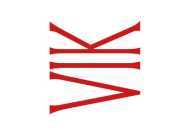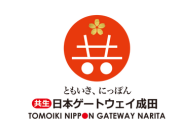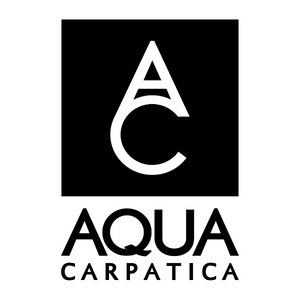Piergiorgio, who oversees the family’s six Tuscan estates (300ha of vineyards) with his father and uncle, explains: “When Giacomo was born, that was the moment that I realised it was time for a change. I decided my children had to grow up surrounded by unspoilt nature.
“Out of love and respect came my decision to no longer use any chemicals to cultivate the vineyard – it was the beginning of organic farming for my company.”
Now two of the family’s estates are certified organic – the 40ha at Tenuta Poggio al Casone and the 45ha at Tenuta di Montefoscoli. Fittingly, Giacomo is now in charge of the winemaking at Montefoscoli, an estate in the Pisan hills – in the southwest part of the Montefoscoli hill. The vineyards, positioned at different altitudes, are mostly cultivated with Sangiovese and Vermentino, as you would expect here in Tuscany.
But when I sat down with Giacomo to discuss his winemaking, he poured a white blend, Vacevoli – which is made from Vermentino, Viognier, and Petit Manseng.
The selected Vermentino and Viognier grapes are destemmed, crushed and left to macerate at a low temperature. After a soft pressing, the juice is vinified in new French barriques. Periodic bâtonnage follows at the end of fermentation. Meanwhile, the selected Petit Manseng grapes are vinified in stainless-steel tanks. After blending, the wine is refined in a vessel made of cocciopesto, a material made of fragments of earthenware or brick mixed with lime and sand.
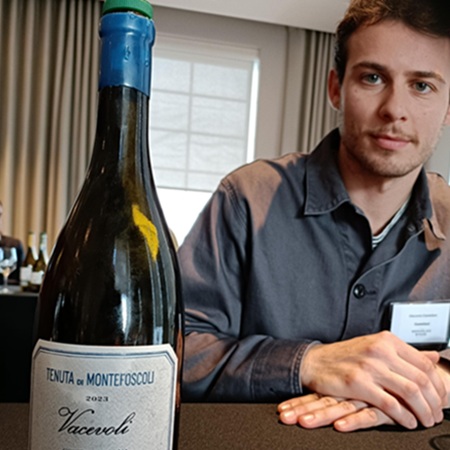
Why did you pour this wine for me?
Giacomo: “I’m the sixth generation of winemakers in the family, but for three generations, we are also négociants. So, we have wines from growers and our own vineyards.
“In my family, we always split family members to run the négociant and vineyard parts. I am in the vineyard part and I am the winemaker at Tenuta di Montefoscoli, the last pieces of vineyards that we bought in the family (in 2018). So, the most recent.
“We are producers from Colline Pisane, a small area between the classic Tuscany – Chianti Classico – and the avant-garde Tuscany, Bolgheri. It’s like right in the middle. A very ancient winemaking region because it’s where all the Etruscans settled.
“I always work in the vineyards since I was a kid. And always drink wine. After studying, I came to the family and my father said, ‘We have these vineyards in a top cru’.
“I first started taking decisions here two years ago. This is my little project. The Colline Pisane is very interesting because it’s inland but faces the sea. We get the wind both from the sea and from the north, from the mountains, so it really helps with drying the soils.
“The white wines here are especially interesting for me because Tuscany is not an easy region for white wines, but this cru is a very special place: very nice maturity, an altitude of 150-180m, limestone soils and 700mm of rain per year on average.
“And we know the best crus because we have a list of the vineyards since 1428. Very old vineyards. And we know the price of the grapes coming from them for 700 years.”
Has this changed with climate change?
Giacomo: “The top crus are still the top crus.”
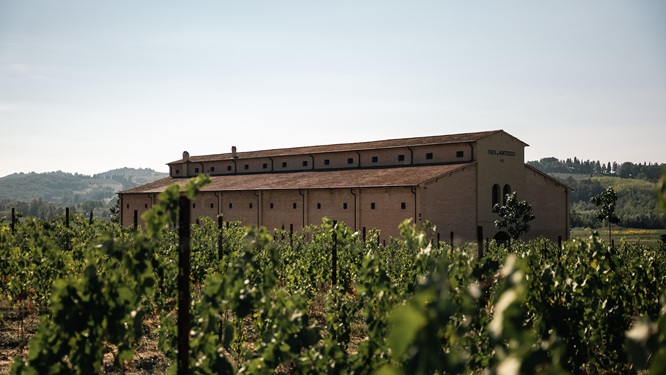
40ha is a lot of responsibility.
Giacomo: “For Tuscany, it’s normal. But we choose the best sites and grapes for a little production. The total for the three wines we make in Montefoscoli is 12,000 bottles. For a project, it’s very small. My father takes the rest of the wine.
“The less wine I give him, the more he’s happy because it means we have a very good vintage with much good quality.”
Is Vacevoli a top vineyard?
Giacomo: “It’s a very old vineyard. It was the vineyard of the main house of this area. There was a monastery first and then during the war it became a hospital.
“The vineyard is a little more inside the wood, it’s a bit covered... In the part facing more west, so it gets more sun, is the Vermentino. And then, a little bit higher, there is also a cru with some weird grape that is similar to Petit Manseng. It’s a very old vineyard that produces this small early-ripening grape with very high acidity. We blend the Vacevoli vineyard (Vermentino, Viognier) with this small plot to make the Vacevoli wine.”
Do you vinify the grapes separately and then blend?
Giacomo: “Yes. The final blend always changes. For 2023 we vinified the Vermentino and Viognier in new barrels. We did some bâtonnage for one month after the fermentation. We don’t do malolactic.
“The Petit Manseng is vinified in stainless steel, with bâtonnage, and then we blend the three after bâtonnage, after we rack. I like to blend then because I put inside amphora to age. It’s a single amphora, it’s made of cocciopesto, a material originating from the Etruscans but widely used in the Roman period for fermentation of wine. We call it amphora because it’s easier to understand but it’s not amphora. It’s 15 hectolitres and it’s different from terracotta. It’s not cooked; it’s dried in the sun. It’s very neutral and behaves similar to concrete, but not really. The shape is traditional...
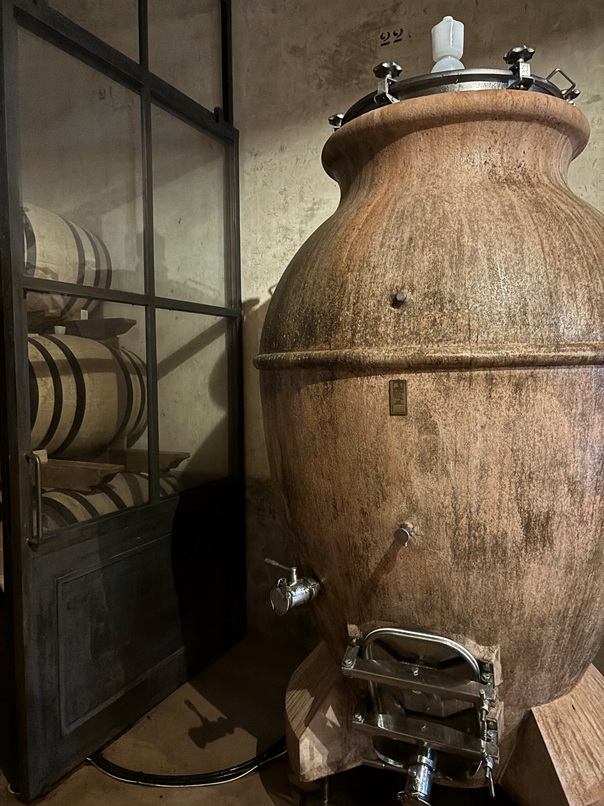
“It’s very easy to work with. We vinify Vermentino, for example, in inox and cocciopesto, and cocciopesto is always the best. I think there is a connection between the history of the place and the historical way of making wines.
“But I don’t like to use this as a marketing tool, you know.”
You use it for the tradition or because you really think it’s the best material for ageing your wine in?
Giacomo: “I have to be honest, at the beginning it was because of the tradition. This was the most traditional thing I found, so I said, ‘Let’s give it a try’. And it worked pretty well. I liked it.”
Does anyone else within the group use it?
Giacomo: “In the family, no, it’s only me. We’ve also bought two Tava (an Italian producer of amphorae) to see the difference. They are very good, especially for Petit Manseng. I still need to try on Vermentino.”
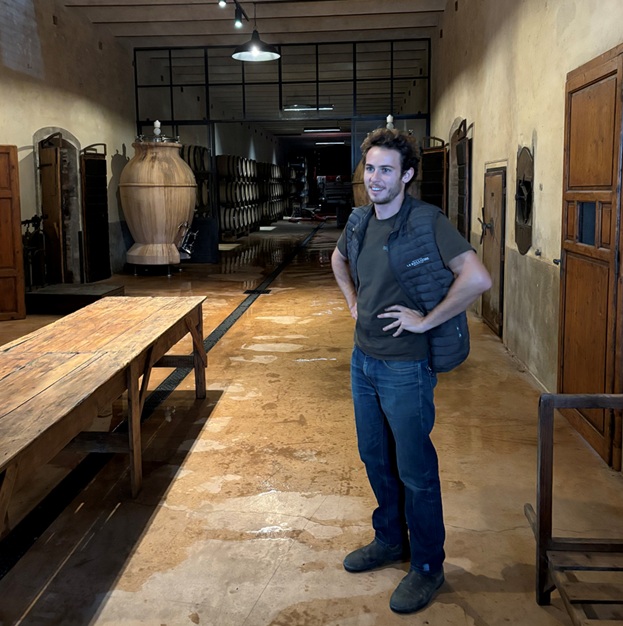
You do bâtonnage in the cocciopesto?
Giacomo: “Yes, with gas from the bottom. Like in a stainless-steel tank. With the oak barrels I do it with a stick with chains.”
Do you prefer to work with clean or dirty juice?
Giacomo: “We clean the must with one week of cold decanting and then we rack to start the fermentation. We let it settle a lot, then we see if we like it and add a little bit back to have the wine a bit dirty. During bâtonnage, we taste the lees a lot from the bottom to understand it.”
Is the dirty part to help feed the yeast or just to add texture?
Giacomo: “For me, it’s about texture and reduction. So, these wines need a little bit of time, especially the Vermentino – the variety always comes first when it’s young.
“I like to protect the wine a little bit more with reduction rather than sulphites, if I can. Ageing for six months in amphora, I like to work a little bit dirty for texture. The thing that I like the most is not the aromatic part but is the texture part. If you are clean, you don’t have anything to work with. But if you have lees, you have something to work with.”
Do you inoculate?
Giacomo: “Yes, with the same yeast for all three varieties. I have tried everything with reds and whites. I do same plots, native yeast and selected. And then selected and native with whole bunch… to see what’s best. For reds, native – also you need to put extra attention to everything you do which, I think, is a plus. For whites, from my little experience, the one with native yeasts is not always the best in my personal opinion.
“I like clean white wines. Some little thing out of the box can add complexity, but not too much.
“There is a little part of Vermentino in the blend that is a native tank, because at the end it was good. It was little but it was good, so we added it. But generally, I decided to work with selected yeast – the least impacting ones.”
When do you add SO2?
Giacomo: “We add a little when we harvest (sprinkling the crates with 4g per 100kg as they are stacked on a trailer behind the tractor) to stop them oxidising before getting to the cellar.
“Also, at the end of fermentation to stop malolactic and before bottling. That’s it.
“We go in the bottle with 25-30mg/L total.”
Anything else to add about this wine?
Giacomo: “I think it’s a good representation of what white wines can be in Tuscany. But if I have to bring the wine that talks more about the terroir, I would bring the Vermentino 100%.
“The terroir does all the work and the variety is just a means to reach something. But with the blend, you lose a little bit of the place for the sake of balance. You have the Vermentino, the salt part. And then the Viognier, the more fruit part. And then the Petit Manseng with its amazing acidity. They collaborate to create the balance; you mitigate the imbalance of terroir.
“This is more the signature of the estate. With the other one (the varietal Vermentino), we are just a tool to express the terroir.”
The Sangiovese from your area is amazing – light and minerally, not so tannic, but the area is in the shadow of Chianti Classico, Montepulciano and Montalcino. Should it be a white wine area?
Giacomo: “The real gastronomic wine is white. When we taste 20 glasses of white and 30 glasses of Sangiovese, among the 20 glasses of white you have 18 that you really like. In the 30 glasses of Sangiovese, you have 12.
“At the end you don’t decide what wine you make in a place. You can put all the effort in the world but then you have one guy in Chianti Classico that with zero effort will do something amazing. And in the same place you have people that try to put whites and will put a lot of effort and will make something that we make with zero effort. And that is terroir in its pure essence: a collaboration between people and the place and the variety.”
Is it hard to sell white wines from Tuscany?
Giacomo: “We have a small production. Sometimes yes, because people skip it. But then when people look for a white and you say, ‘I have a white wine but it’s from Tuscany’, they say, ‘Let me try it’. Because it’s Tuscany and Tuscany is like a brand for wine.”

 English
English French
French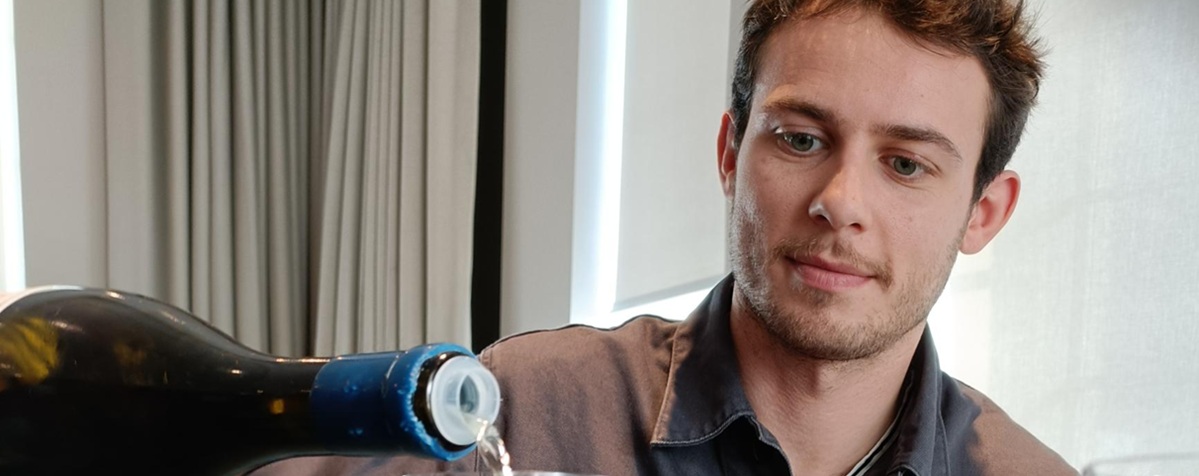
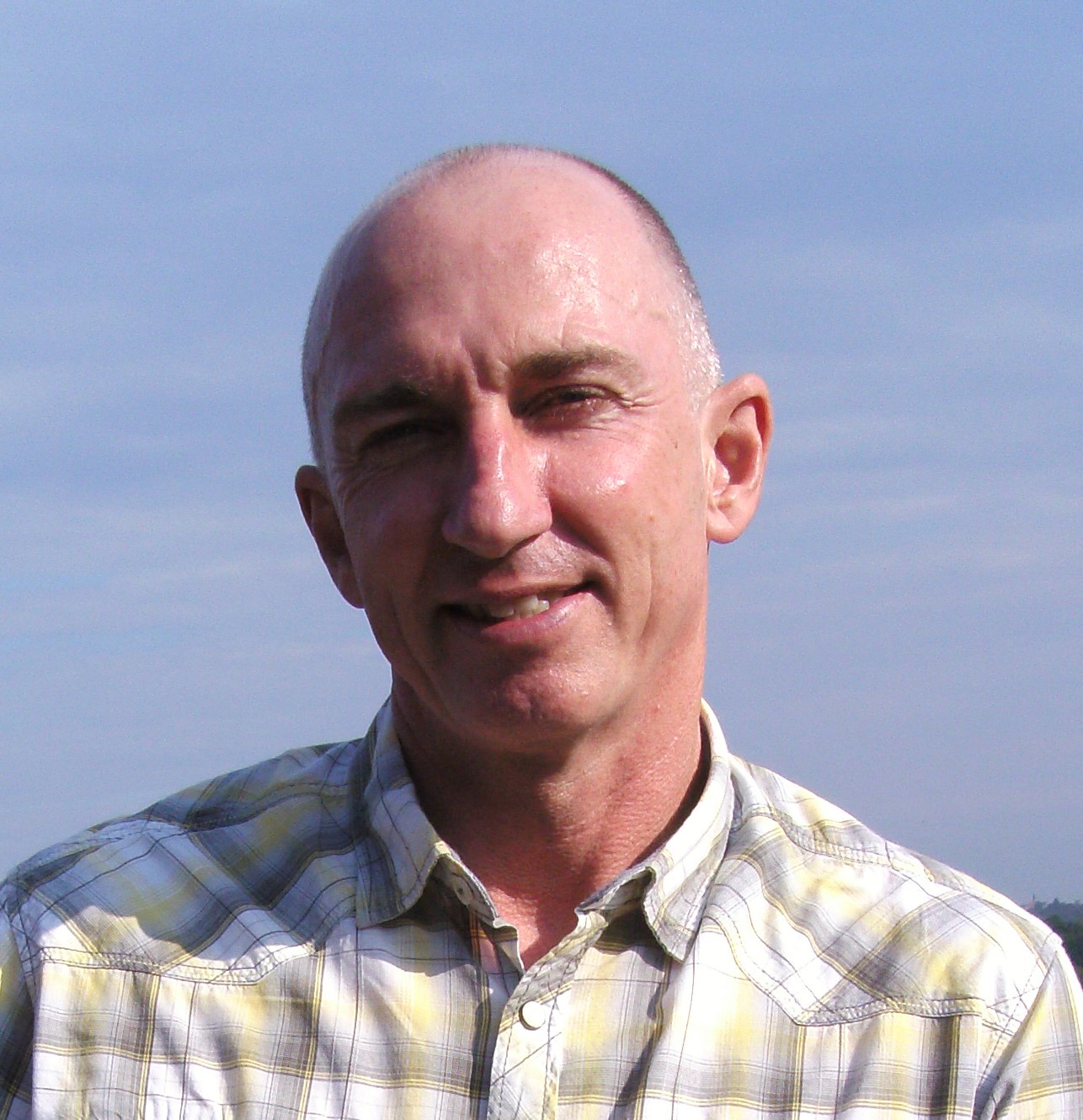

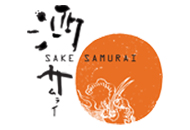
.png)
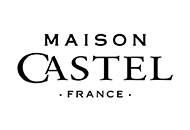
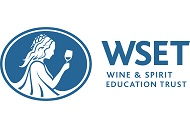
.png)

